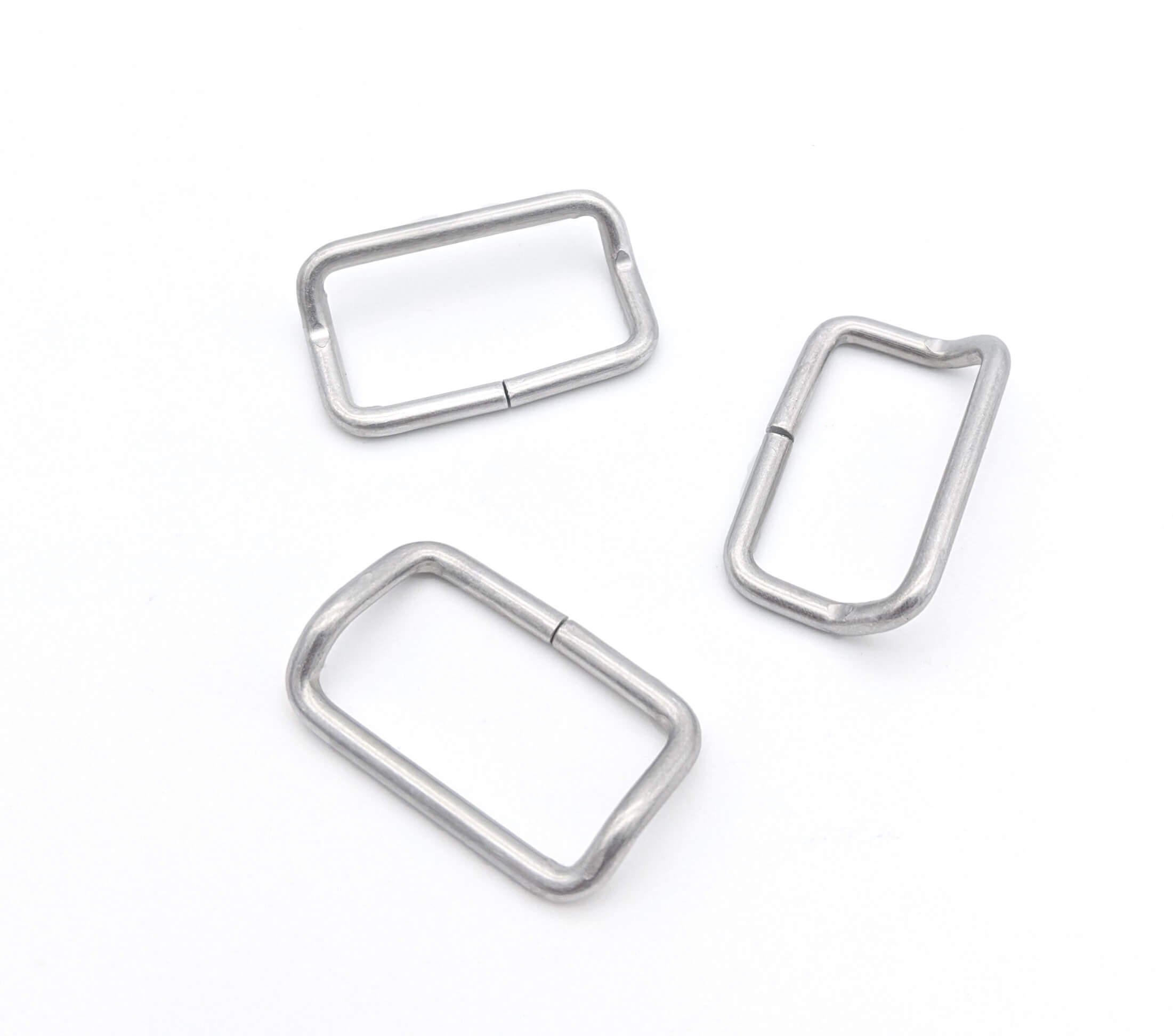Get unique, complex parts easily. No matter your requirements, Chaoyi Spring creates hard-to-produce coil springs and wire forms.
Let us help you create the custom wire form you need, from S-hooks and J-hooks to utility hooks and more.
We work closely with customers across a wide range of industries, helping them design and manufacture made-to-order parts.
Why choose Chaoyi Spring? We prioritize customer-focused collaboration, modern equipment and the latest technology to make your parts per print.
Find the information and guidance you need, from measuring a spring to learning about materials, placing an order and much more.
In the world of mechanical engineering, springs are ubiquitous, playing a crucial role in countless applications. From automotive suspension systems to intricate medical devices, springs are indispensable for storing and


In the world of mechanical engineering, springs are ubiquitous, playing a crucial role in countless applications. From automotive suspension systems to intricate medical devices, springs are indispensable for storing and releasing energy, absorbing shock, and providing a return force. Understanding the principles behind spring compression is essential for optimizing their performance and ensuring their longevity. This article delves into the concept of 'maximum compression,' exploring the formulas that govern it and offering practical insights into achieving optimal results.

Springs are fascinating devices that exhibit a unique property known as elasticity. When a force is applied to a spring, it compresses or stretches, storing potential energy. This stored energy is then released when the force is removed, causing the spring to return to its original shape. The maximum compression a spring can handle before permanently deforming or failing is a critical parameter in spring design.
Imagine a spring like a coiled wire. When you push down on it, the coils get closer together, resulting in compression. The amount of compression is directly proportional to the force applied. This relationship is governed by Hooke's Law, a fundamental principle in physics that states that the force required to compress or extend a spring is directly proportional to the displacement.
The maximum compression of a spring can be calculated using a straightforward formula:
Maximum Compression = (Force Applied / Spring Constant)
Where:
This formula highlights a crucial relationship between the applied force and the spring's ability to withstand compression. It's crucial to select springs with appropriate spring constants to avoid exceeding their maximum compression limits, which could lead to permanent deformation, failure, or even catastrophic consequences.
While the formula provides a basic understanding of maximum compression, it's essential to consider additional factors that can influence its value. These include:
Ensuring optimal spring compression involves a careful balance of considerations, taking into account the aforementioned factors. Here are some key strategies for maximizing compression while maintaining spring integrity:
Maximum compression is a fundamental concept in spring design. Understanding the factors that influence it, applying appropriate formulas, and adhering to best practices are essential for ensuring the optimal performance and safety of springs in a wide range of applications. From the smallest electronic devices to the largest industrial machinery, springs play a crucial role, and their proper design and maintenance are critical for reliable operation and longevity.
In conclusion, mastering the art of spring compression involves a combination of theoretical knowledge and practical experience. By understanding the formulas governing maximum compression, considering relevant factors, and adhering to best practices, engineers and designers can achieve optimal results, ensuring the reliable and long-lasting performance of springs in various systems. It's a testament to the ingenuity and importance of springs that they continue to be a vital component of our technological world.
Browse some of the custom wire forms and springs that we manufacture. Don’t see what you need? We specialize in made-to-order products that meet your application requirements.
Visit Our GalleryNeed a custom wire form or coil spring? We make it work. Fill out the contact form and a representative will respond within 1 business day. If you have a PDF or CAD file, you can submit to request a quote.